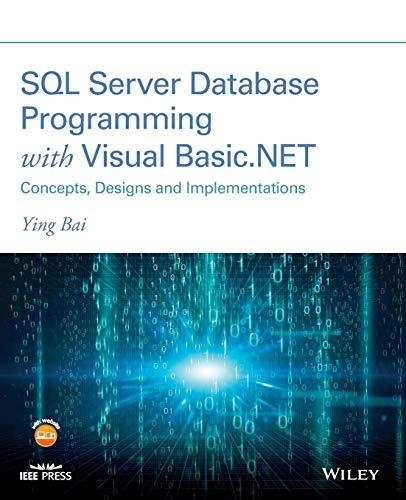Question
import java.util.Arrays; import java.util.LinkedList; import java.util.Queue; import java.util.Stack; /* * Practice Problem for Week 6: * * Look at the code and answer the questions
import java.util.Arrays; import java.util.LinkedList; import java.util.Queue; import java.util.Stack;
/* * Practice Problem for Week 6: * * Look at the code and answer the questions included as comments. * Turn in your responses in a separate document (e.g. a .pdf or .doc). */
public class Stack_Q {
public static void main(String[] args) { // 1. What do the following 3 lines do? Stack
Step by Step Solution
There are 3 Steps involved in it
Step: 1

Get Instant Access to Expert-Tailored Solutions
See step-by-step solutions with expert insights and AI powered tools for academic success
Step: 2

Step: 3

Ace Your Homework with AI
Get the answers you need in no time with our AI-driven, step-by-step assistance
Get Started


